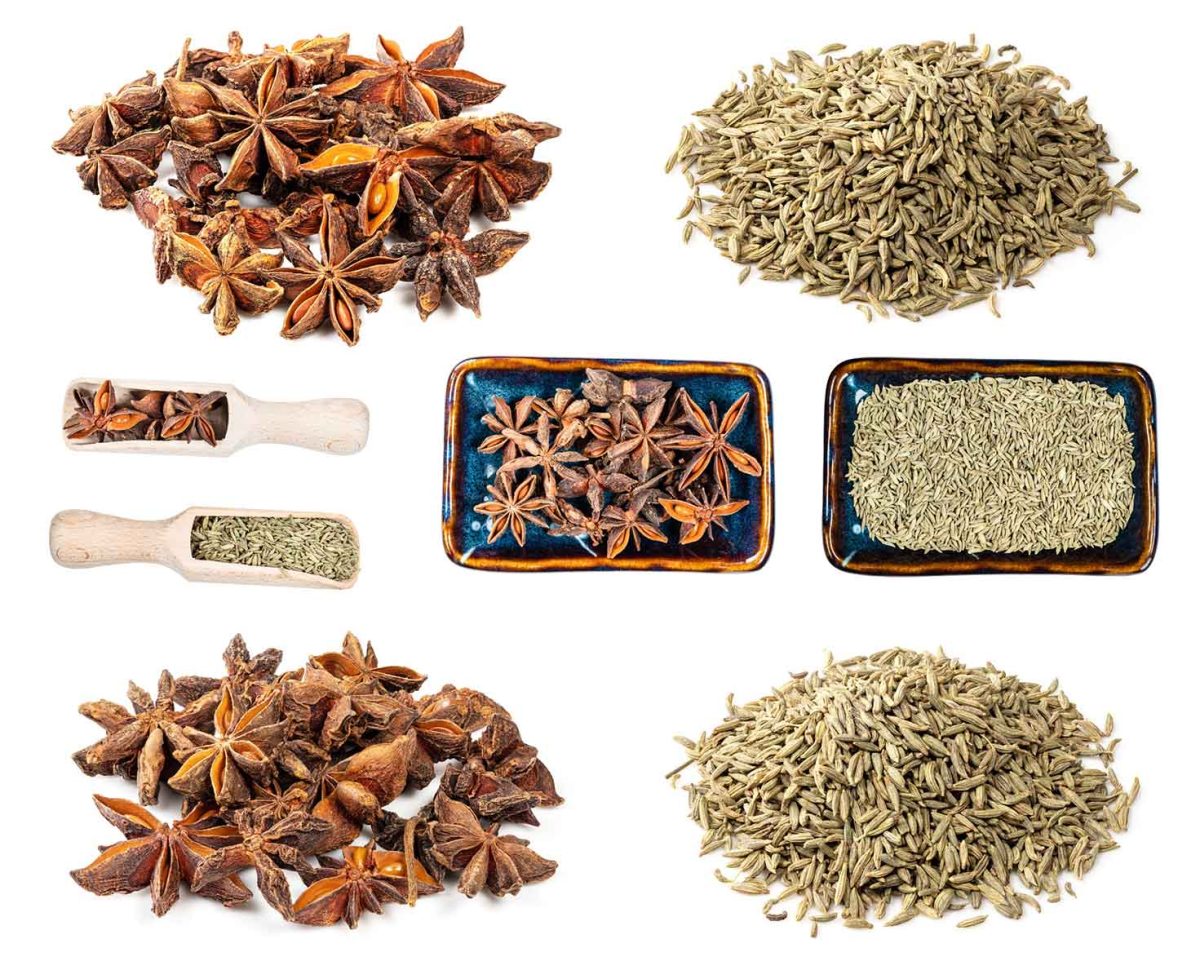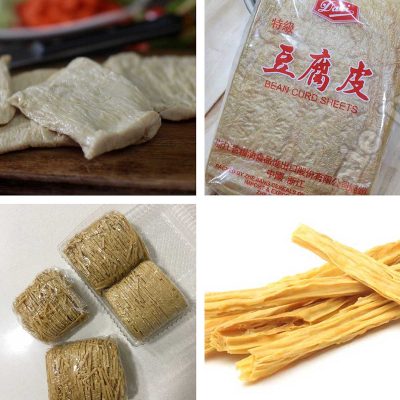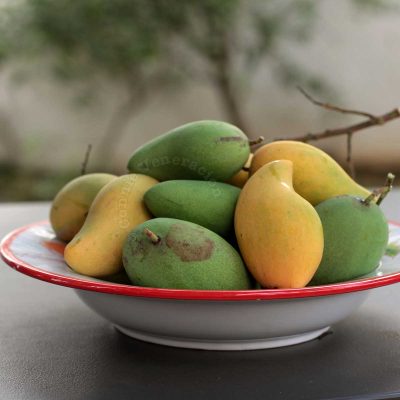Sometimes, we all wish that people who name plants are more careful with their choices so as not to confuse the average shopper. Anise (aniseed) and star anise are different spices from different plants despite the similarity in name and flavor.
The photo above shows how different they are in appearance. If you’re cooking a recipe that calls for either one of these spices and you need to go to the market or grocery, you now know which one you are looking for.
Anise / aniseed is Pimpinella anisum
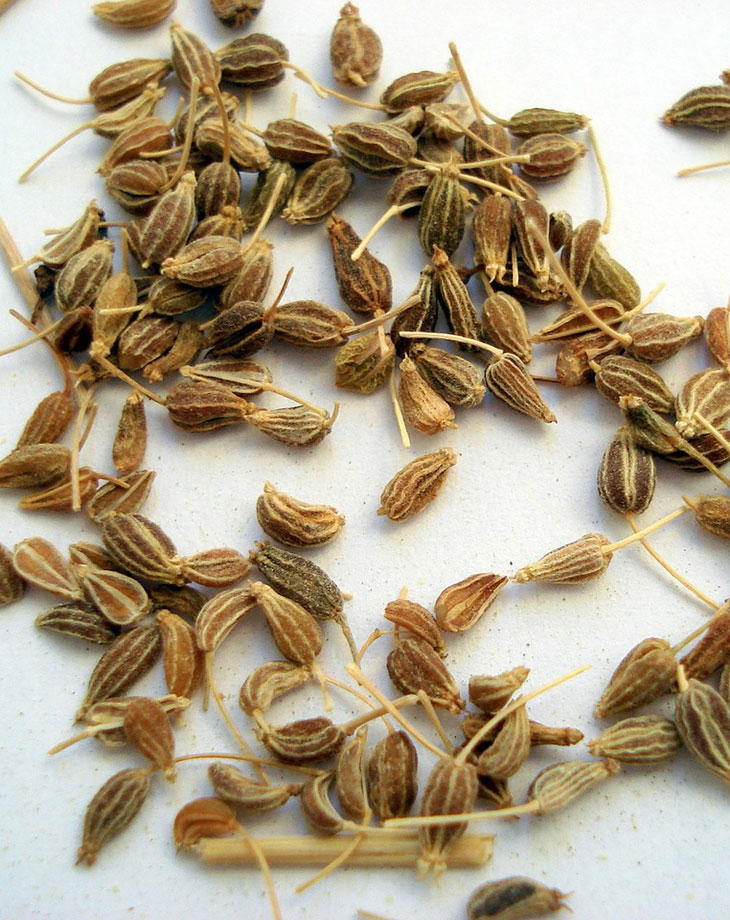 Anise has been cultivated in Egypt for thousands of years before it reached Europe and became an important spice in Mediterranean cooking and liquor-making.
Anise has been cultivated in Egypt for thousands of years before it reached Europe and became an important spice in Mediterranean cooking and liquor-making.
The spice that we call anise or aniseed is the fruit of the plant. The flavor and aroma are reminiscent of licorice. It can be used whole or ground depending on what you’re making or cooking.
Star anise is Illicium verum
Star anise gets its name, for obvious reasons, from the shape of the fruit. Each section of the fruit — called a pericarp — contains a seed. It is this fruit which is harvested before it ripens that is full of flavor. It’s natural oil gives it a distinct aroma. Like the aniseed, both flavor and aroma of the star anise are similar to those of licorice.
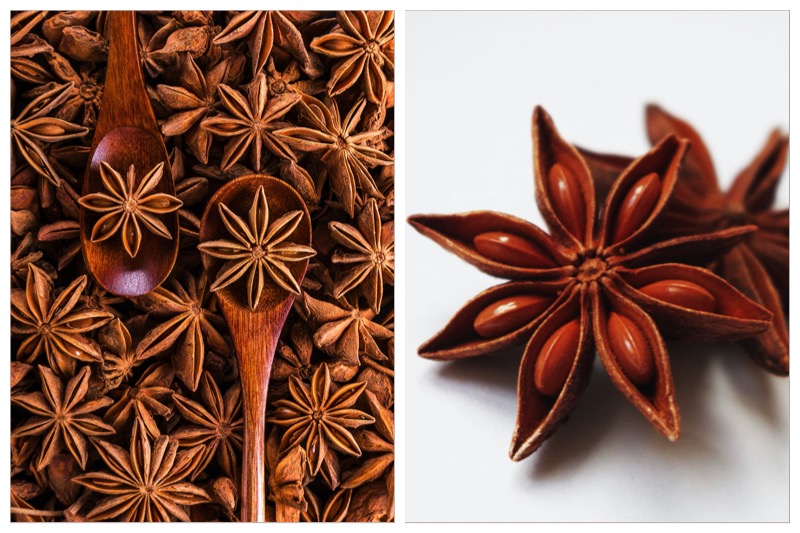 Star anise is used extensively in Asian cooking. The dried star anise is used whole to flavor soups and stews. It is used in ground form too as when added to other ground spices to make a spice blend. It is one of the spices in the Chinese five-spice powder. It is also used in making liquors.
Star anise is used extensively in Asian cooking. The dried star anise is used whole to flavor soups and stews. It is used in ground form too as when added to other ground spices to make a spice blend. It is one of the spices in the Chinese five-spice powder. It is also used in making liquors.
Can they be used interchangeably?
That would seem to the logical conclusion given that they share the same flavor and aroma anyway, right?
The thing is, star anise has a stronger flavor and aroma. If you’re spicing up a cake that originally requires the more delicate flavor and aroma of aniseed, it just won’t do to substitute star anise.
In the same manner, if you’re cooking a meat stew that includes star anise among the ingredients, substituting aniseed might result in something bland rather than bold.

